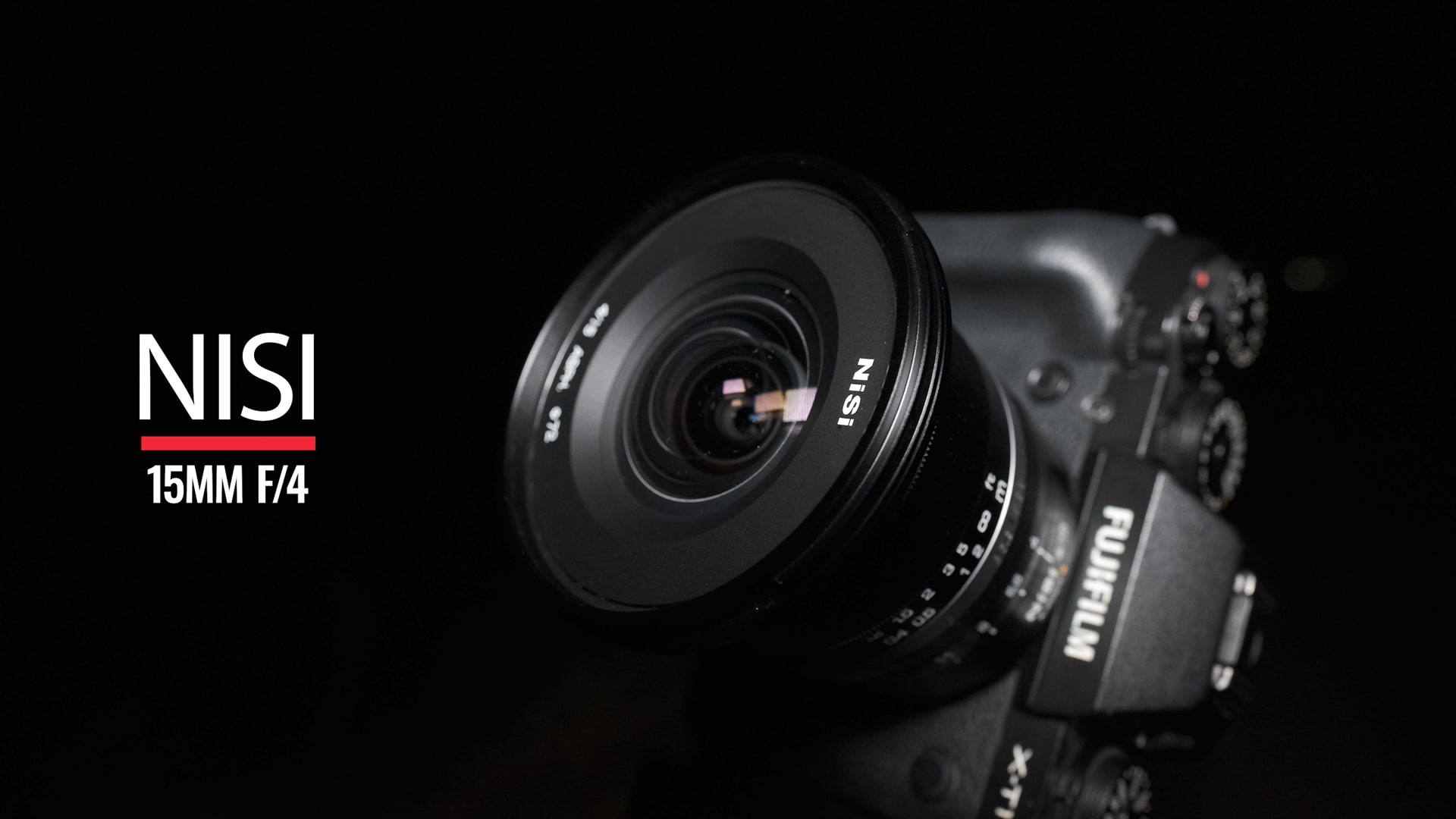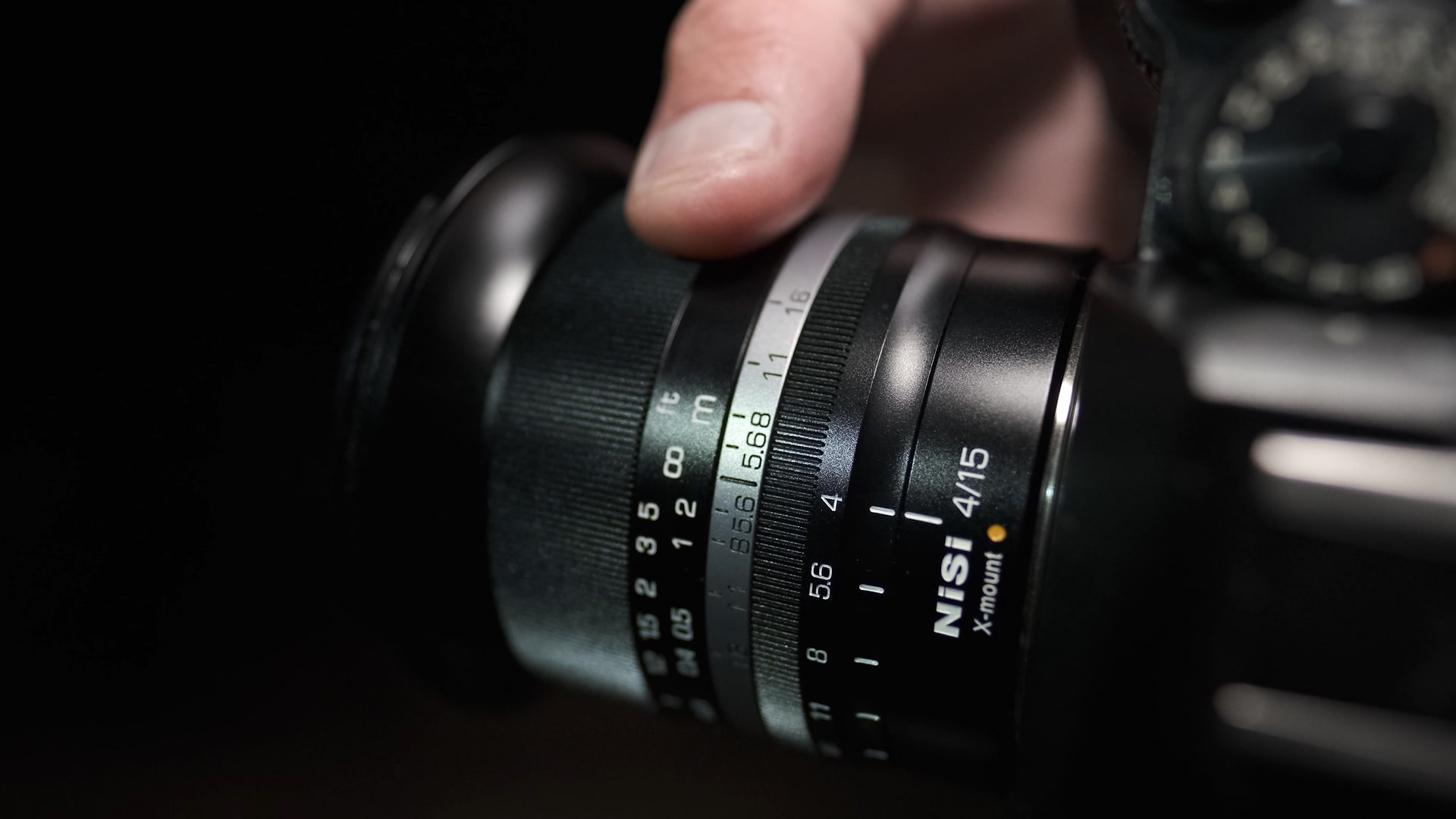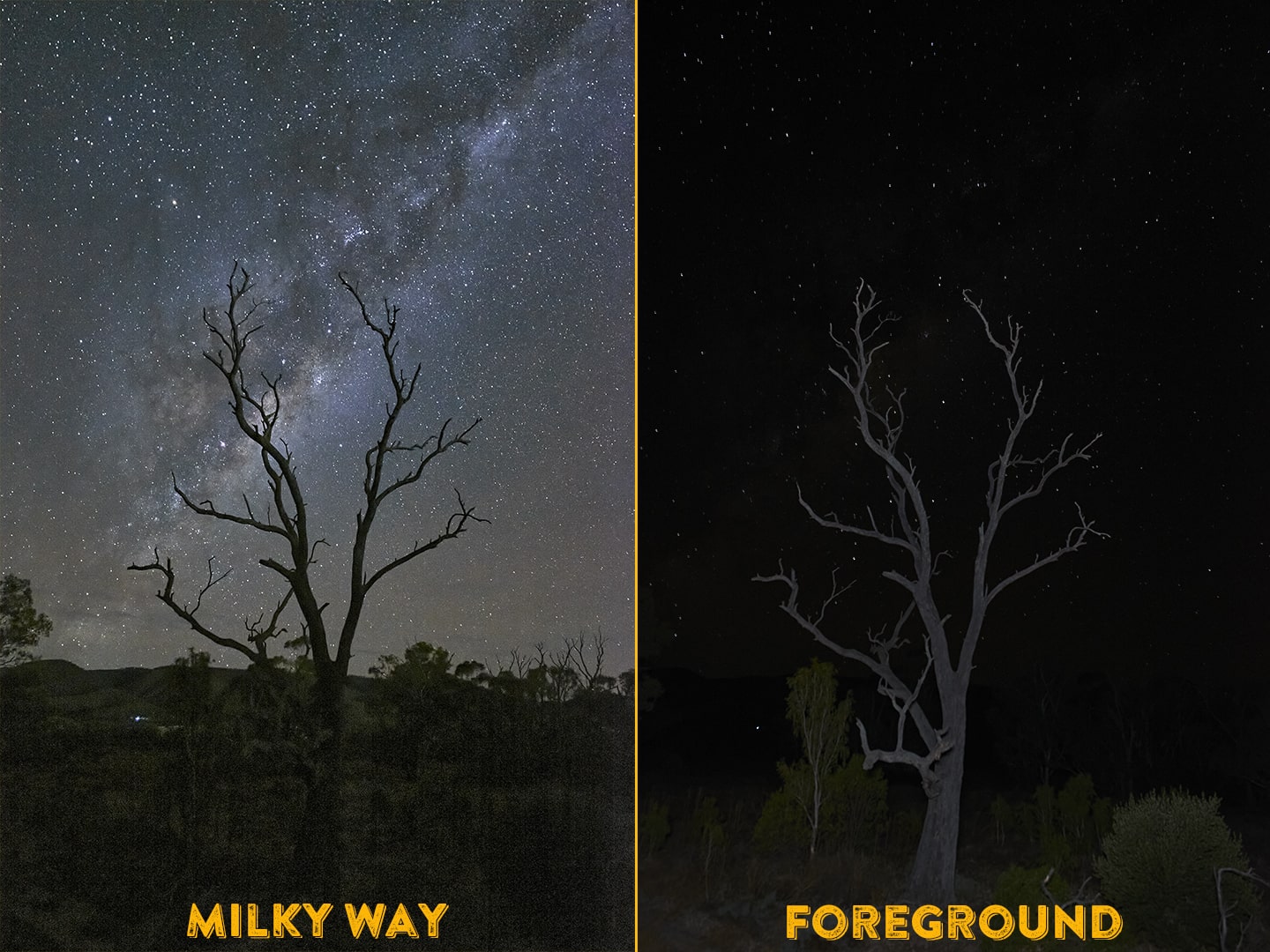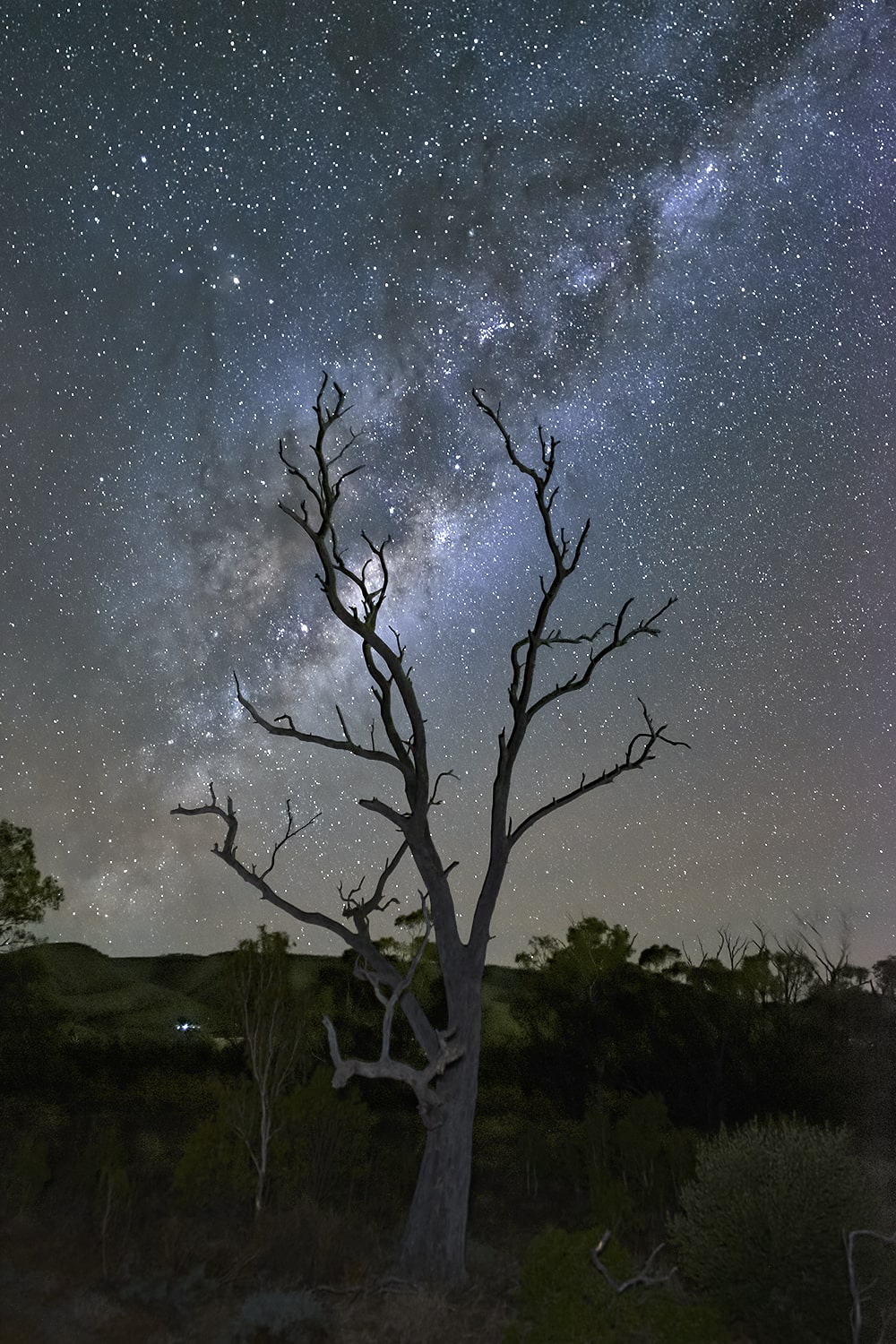NiSi 15mm F/4 - Is It Any Good For Night Photography?
Night Photography with the Wide Angle Nisi 15mm F/4
The New NiSi 15mm F/4 lens know for its incredible 'Sunstar' ability from the wide-angle lens. However, I set out to discover if this lens any good for night photography? You're probably wondering, "an F/4 lens for night photography?" I agree. Nevertheless, sometimes you want one lens to capture your landscape photography and dabble in night photography (especially if you don't do it often)
If you prefer to watch the night photography review of the Nisi 15mm, click here!
As a full-time landscape photographer, I love the idea of having a versatile lens at my disposal. The Nisi 15mm delivers constant F4 aperture, solid build quality, supreme Sunstar capabilities (shooting into the sun), and a comprehensive fixed focal range. Still, for me, the best part of this lens is the razor-sharp image quality. I love having glass that I can grab from my Atlas Backpack and depend on 100% of the time.
It's a fantastic landscape photography lens. Is it any good for night photography?
NiSi 15mm F/4 essential facts:
- 15mm FixedFocal Length (Equiv 22mm in 35mm format)
- F4 Maximum Aperture & F/22 Minimum Aperture
- 75.6mm diameter x 80.5mm height
- Weight 470g (16.57 oz)
- 72mm filter thread
- 78° field of view
- 12 elements in 10 groups
- 10 rounded blades
- Manual Focus
- Price $799.00
- 2 Years Warranty

Build Quality
If you are familiar with the build quality of Zeiss lenses, I would compare the Nisi 15mm F/4 direct to that of its superior others! Although better build quality than the Loawa lenses, they share a similar size despite being two stops slower.
A huge positive of the lens is the clicking aperture ring. I would love to engraved marking compared to the printed that comes with it currently, especially for the price point.
Solid make, well constructed, but one answer I can not give you is the longevity of the lens - but a two-year warranty is an excellent addition.
Focusing
For a relatively large fixed focal range wide-angle lens, it's pleasing to see that NiSi hasn't wasted the real estate on the body. Fitted with a large smooth focal range makes the manual lens easy to operate.
A minimum focus distance of 0.2 m allows you to get close to your subject, ideal for landscape photography which we will touch on in a future video.
Focusing on night photography couldn't be any easier. Being true to its focus marking on the ring (in my experience) may be just slightly behind infinity, becoming more true for modern lenses.

NiSi 15mm Night Photography Best Settings
Firstly, I break down the composition with all my night sky photography to make it simple and easy for me.
Secondly, the way I break down this particular image is simple.
- Milky Way
- Foreground
Making it this simple for ourselves, we can now concentrate on getting the best settings for this night sky image.
Additionally, I will provide sample images below, which are shot on the Fujifilm X-T1. Therefore, it will be easier for you to follow along and match up the camera settings used for this image.
Shutter Speed
Due to the wide-angle focal range of the Nisi lens, this allows us to maximise our shutter speed to capture the milky way. Using photopills, we can identify that we can capture the milky way part of the image with a 20second shutter speed, allowing a substantial amount of light to capture some form of the milky way.
Capturing the foreground image was achieved using artificial light (discussed in greater detail further down). Because of the artificial light added into the composition, I experimented with shutter speeds ranging between 1 second to 5 seconds.
Important note: I captured all images two days after a new moon, so I had no help from natural moonlight to capture the foreground section of the picture.
Aperture
Being a slower lens for night sky photography, we have the massive downfall of less light being able to enter through to the sensor of the lens. For both the milky way and foreground images, I kept the aperture at F/4 - additionally, with the artificial light of the foreground image, I could have increased the aperture to F5.6 to increase sharpness from the lens.
Lastly, some positives to note about this lens, even though I did consider it a "slow" wide-angle lens. Due to the F/4 aperture, it decreases coma in the top corners compared to those low light beast of the F1.4 and F/2! Secondly, focusing on our night sky photography doesn't have to be pinpoint accurate because the aperture at F/4 gives us a greater depth of field.
ISO
The biggest downfall with a constant F/4 lens is the increase of ISO needed to capture the milky way. Capturing all the milky way images at ISO 6400, I saw this as a par even with the better low light performance camera from Fujifilm, X-T1. However, capturing 10-15 images and blending them in post-production to reduce the noise certainly helped.
For the foreground image, I was able to drop my ISO as low as 800 to capture the image to suit my taste. Lastly, there are so many factors that come into play when adding artificial light to the foreground of a night image. For this instance, my main aim was to reduce the amount of noise captured in the picture.
Pro Tips
When photographing with artificial light for the foreground image, there are two main tips that I can give you.
- Let the camera do the heavy lifting
- Shoot more than you think you need.
Let me explain, let the camera capture the light rather than add too much light to the image. This will help you keep a natural-looking appearance. Secondly, you might think you have the concept mastered after the second shot, but make sure to change all the variables, light strength, ISO and shutter speed to get the perfect blend for your desired result.
Post-production can work miracles sometimes, but your better off working the miracles out in the field as a photographer.
Nisi 15mm F/4 Night Photography Sample Images
 Single Exposure Milky Way Image: 20 Second, F/4, 6400ISO, 3750 Kelvin Temp.
Single Exposure Milky Way Image: 20 Second, F/4, 6400ISO, 3750 Kelvin Temp.
Single Exposure Foreground Image: 3 Second, F/4, 1000ISO, 3750 Kelvin Temp.

Final Image: 15 Stacked Milky Way images + 2 light blended foreground images.
In Conclusion
The Nisi 15mm F/4 for night photography is passable. It wouldn't be my go-to lens for night sky photography if it were my main desire from a wide-angle lens. If you are looking for a beast of a lens for night sky photography that will not break the bank, I can highly recommend the Samyang 12mm F/2.
Finally, there is one thing the Nisi 15mm F/4 is known for, and that's its ability to capture incredible sun stars, making this a secret weapon for landscape photography. Yes, don't worry. We will be out soon testing this lens precisely for that. Therefore, if you love landscape photography and want to start dabbling in night photography, this could be your next lens of choice!
